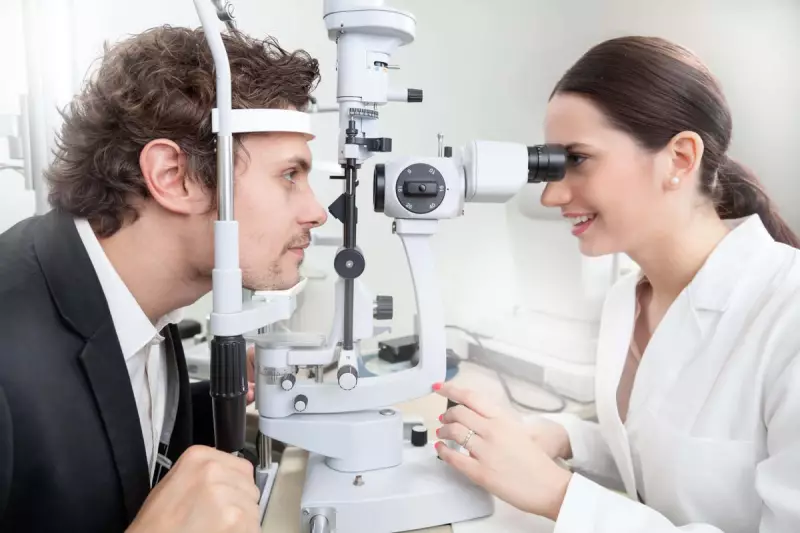
For decades, LASIK has been the gold standard in laser eye surgery, helping millions achieve perfect vision without glasses. But medical technology never stands still, and now several innovative alternatives are challenging LASIK's dominance in vision correction.
The New Contenders in Vision Correction
Ophthalmologists are increasingly offering patients alternatives that may be better suited to specific eye conditions or lifestyles:
- SMILE (Small Incision Lenticule Extraction): This minimally invasive procedure corrects myopia by creating a tiny lens-shaped piece of tissue within the cornea that's then removed through a small incision.
- PRK (Photorefractive Keratectomy): An older technique that's seeing renewed interest, PRK removes the outer corneal layer entirely before reshaping the underlying tissue.
- ICL (Implantable Collamer Lens): For those not suitable for laser treatments, these permanent contact lenses are implanted inside the eye.
Why Consider Alternatives?
While LASIK remains popular, these newer options offer distinct advantages:
- Potentially lower risk of dry eye syndrome
- Better suitability for patients with thin corneas
- Faster recovery times in some cases
- More stable long-term results for certain prescriptions
Making the Right Choice
Consulting with an experienced ophthalmologist remains crucial. "Each eye is unique," explains leading eye surgeon Dr. Emma Williamson. "What works perfectly for one patient might be less ideal for another. The key is thorough pre-operative assessment."
Factors like corneal thickness, pupil size, and your specific refractive error all play a role in determining which procedure offers the best balance of safety and effectiveness for your individual needs.
The Future of Vision Correction
Research continues into even more advanced techniques, including:
- Customised wavefront-guided treatments
- Combination procedures using multiple technologies
- Less invasive techniques with faster visual recovery
As technology evolves, patients now have more options than ever to achieve clear, glasses-free vision through safe and effective surgical procedures.





